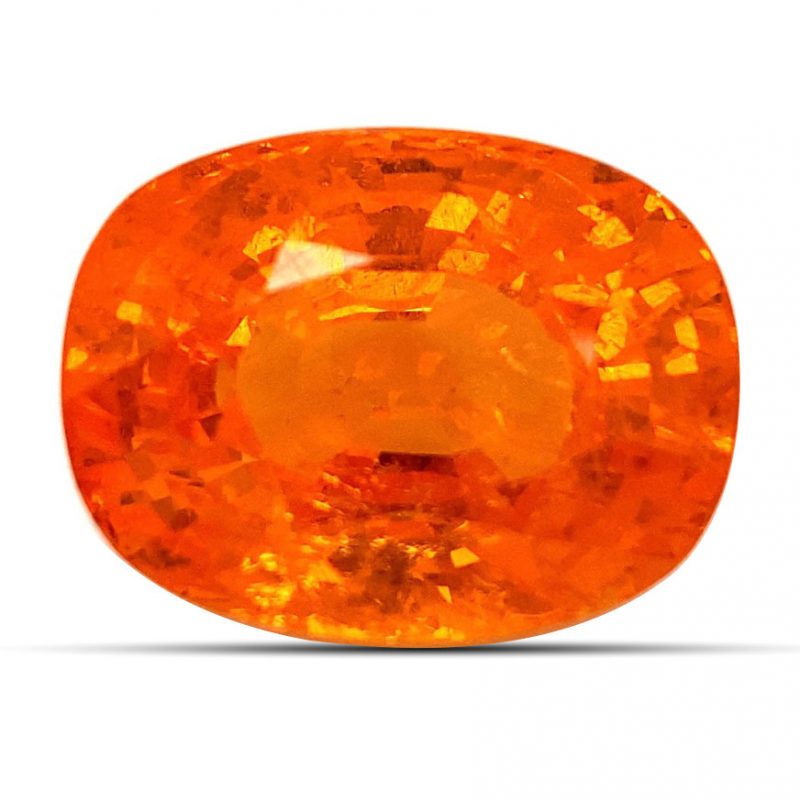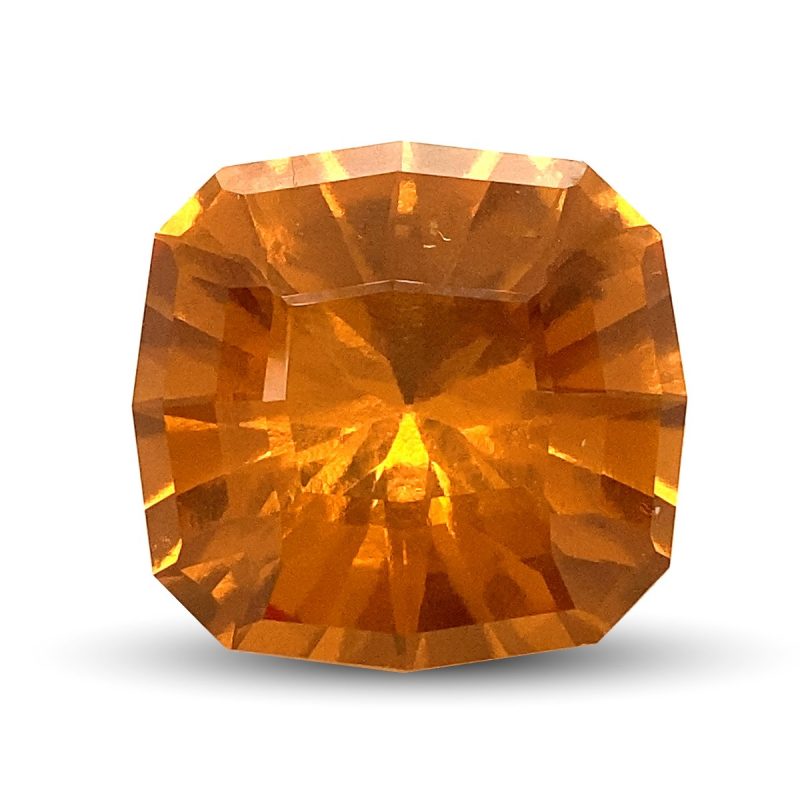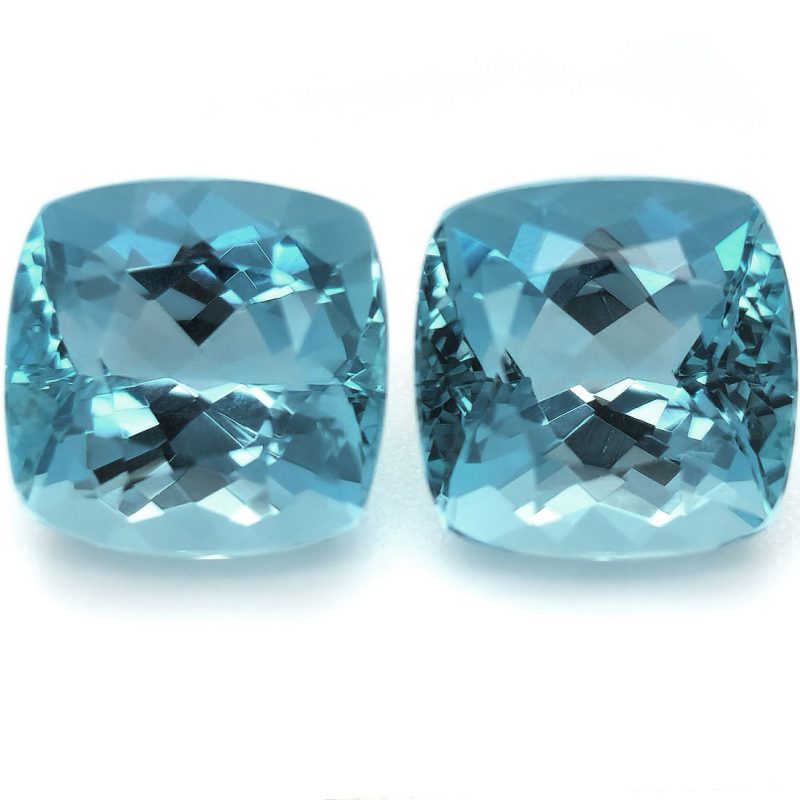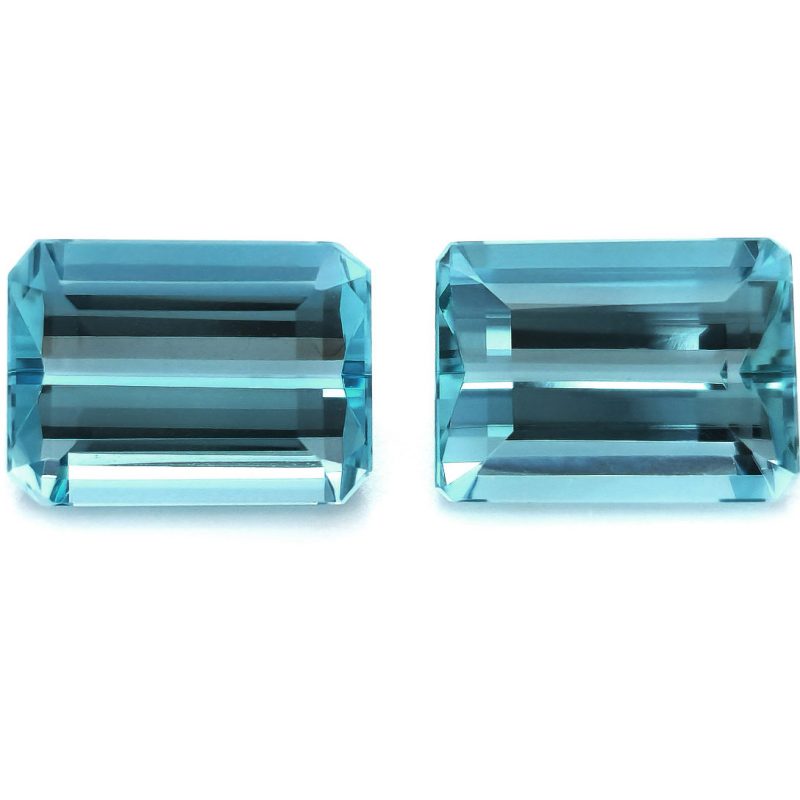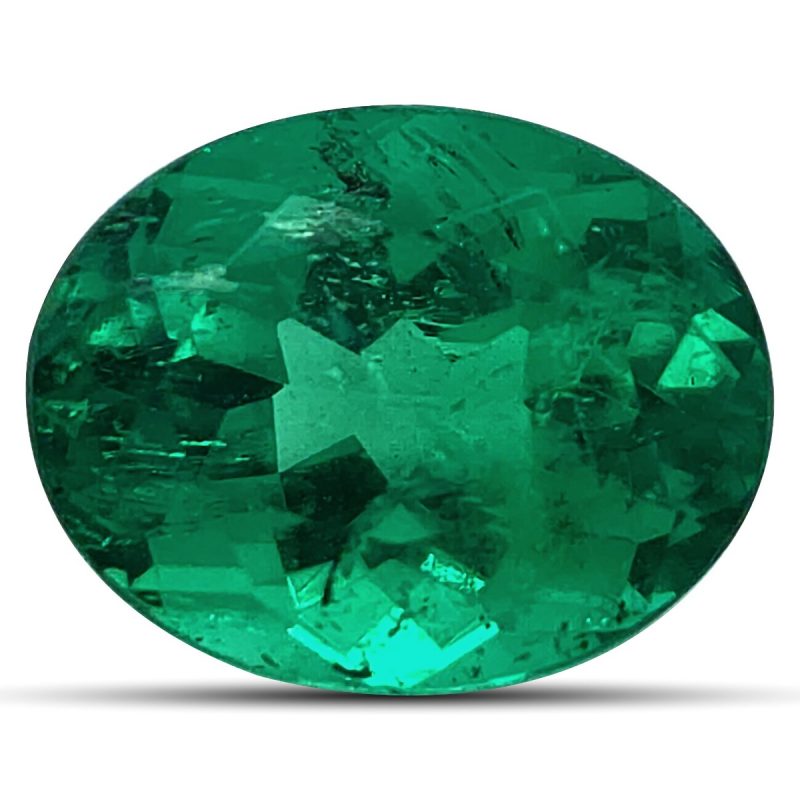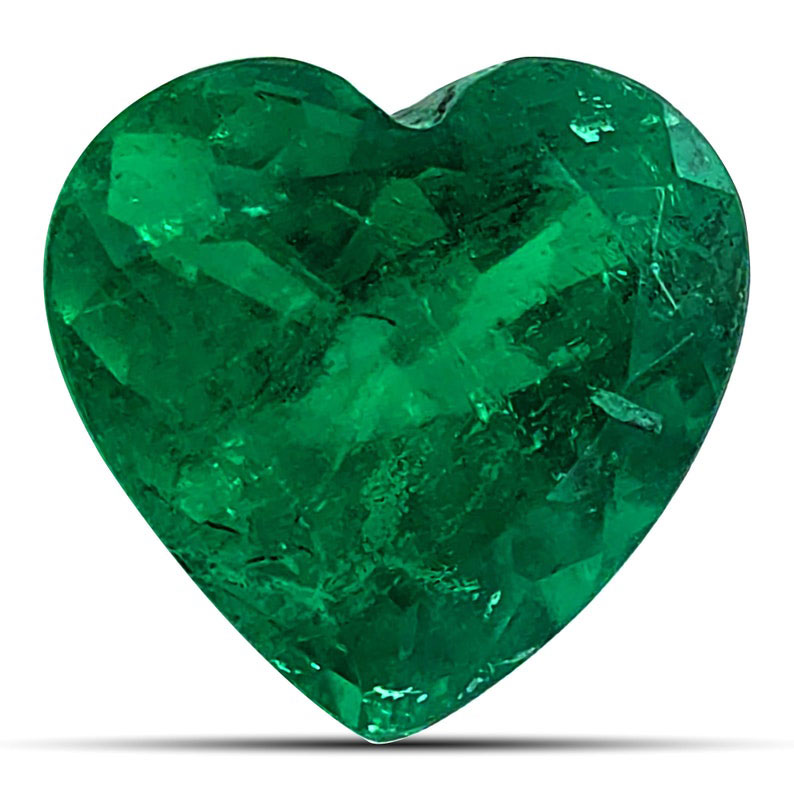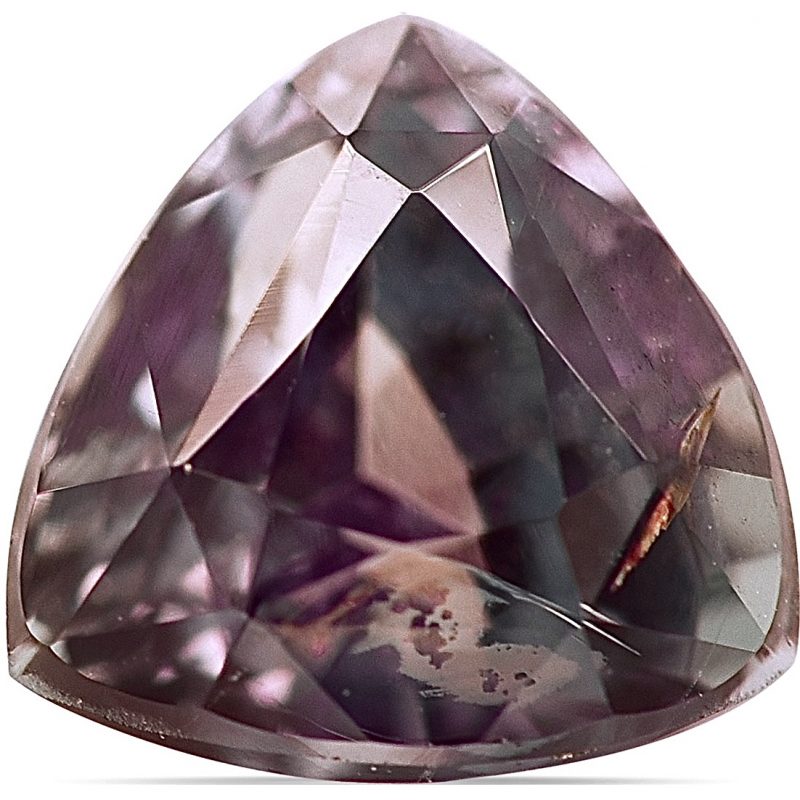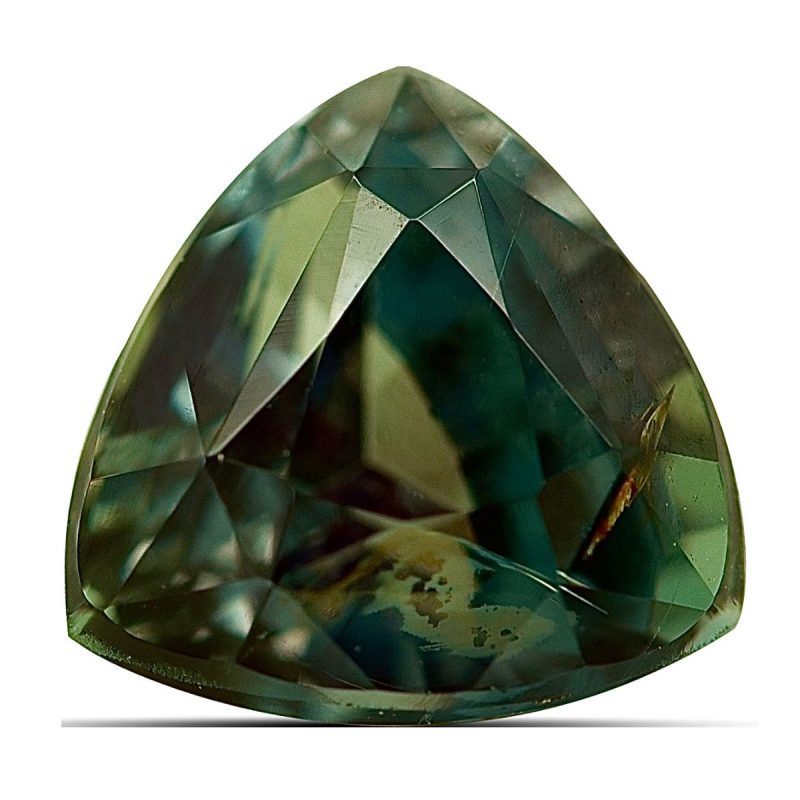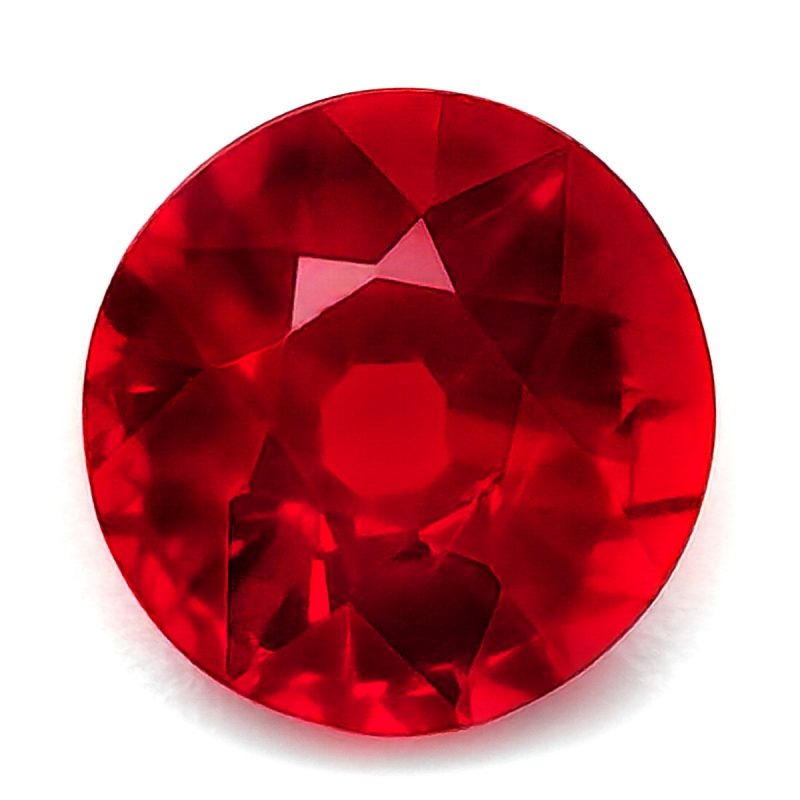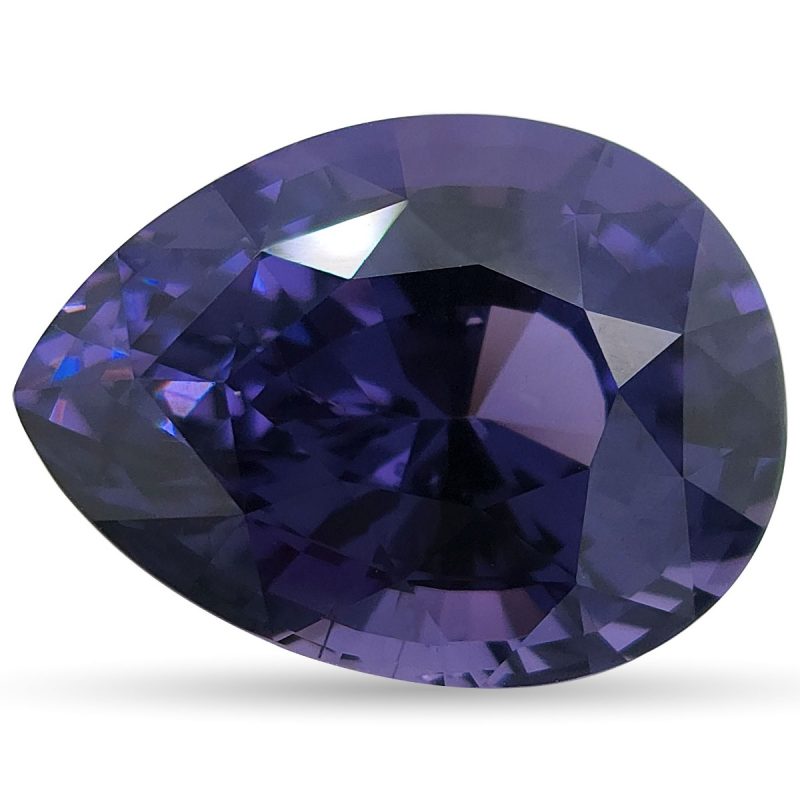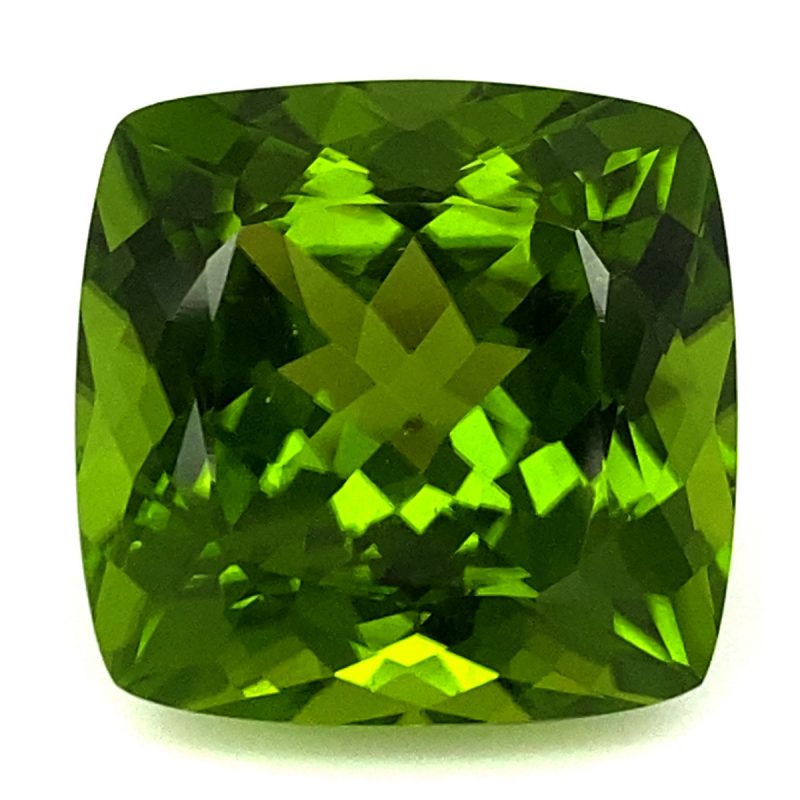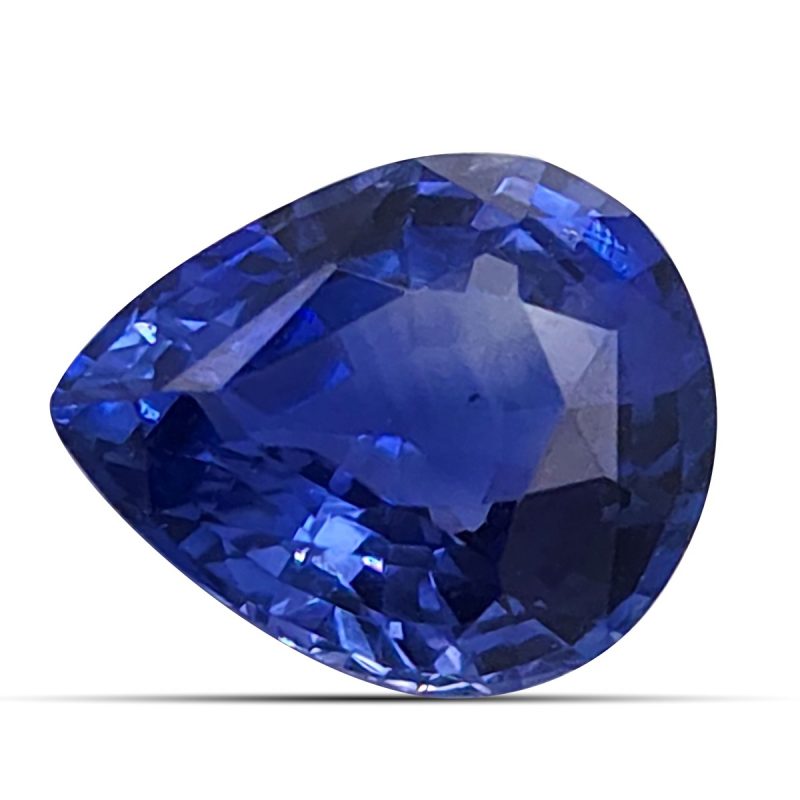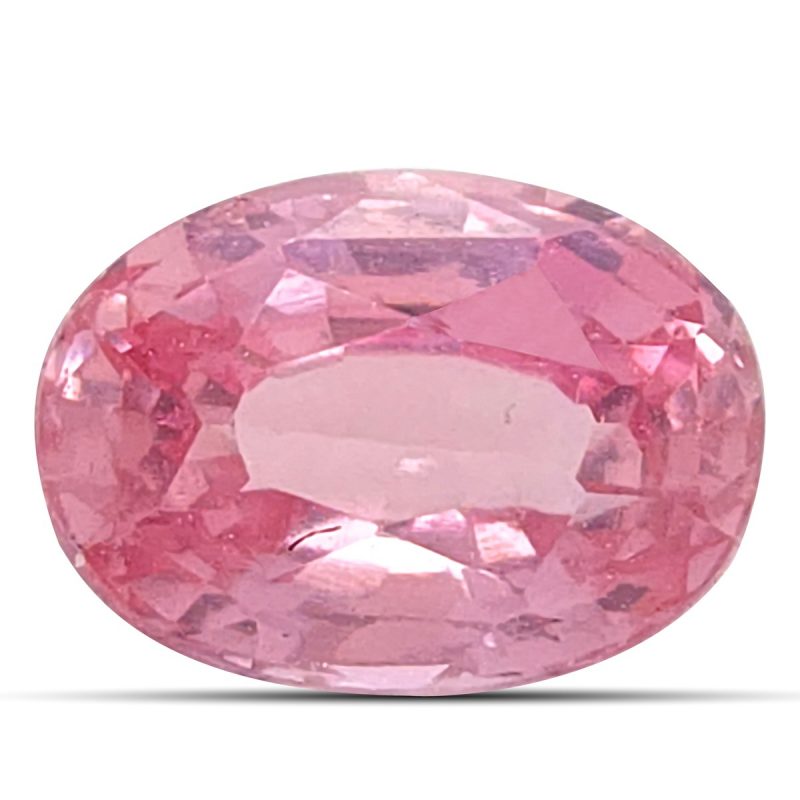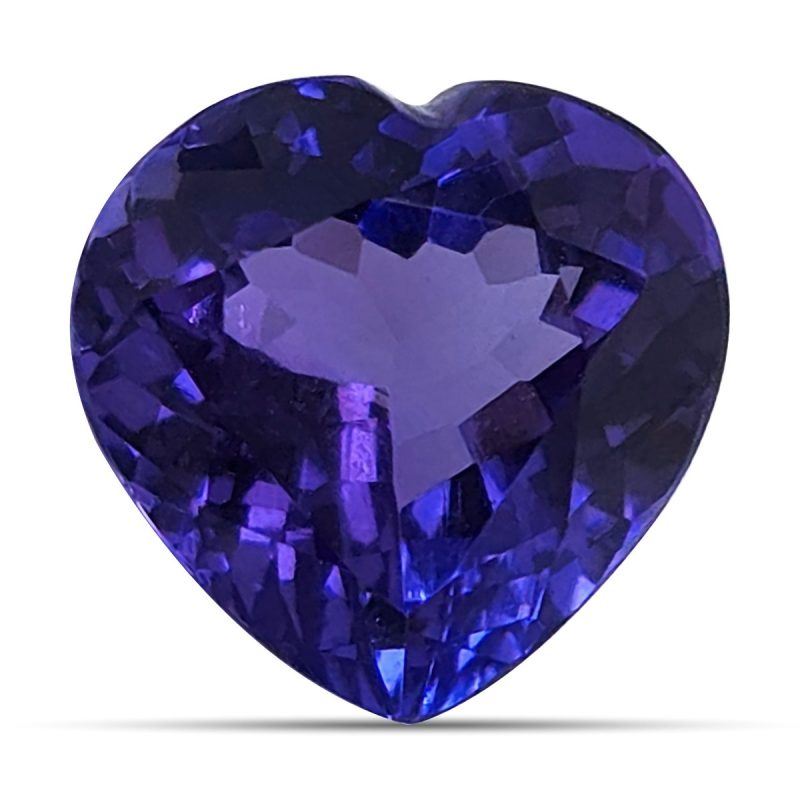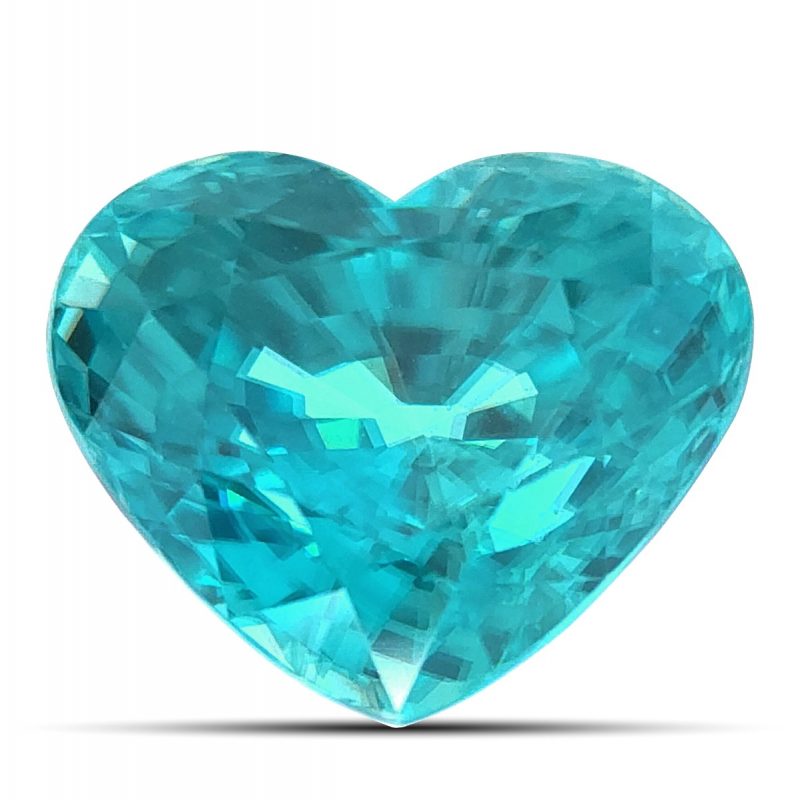
The idea of wearing a particular stone for your birth month can be traced back to Europe in the Middle Ages. However, the birthstone chart as we know it today has its origin in a meeting of the National Association of Jewelers in Kansas in 1912. This standardized list was updated in 1952 and continues to be added to to this day. Whatever your birth month, you can be sure that there is a fabulous gemstone waiting for you!
January – Garnet
The birthstone chart starts the year with a bang with the gorgeous garnet! Most commonly known for its fiery deep red colors, the garnet actually comes in a wide variety of hues, including greens, yellows, oranges and purples. Crimson colored Bohemian garnets were incredibly popular in ornately designed Victorian jewelry. Some believe that garnets are protective stones with the ability to confer vitality and wealth on their wearer.
February – Amethyst
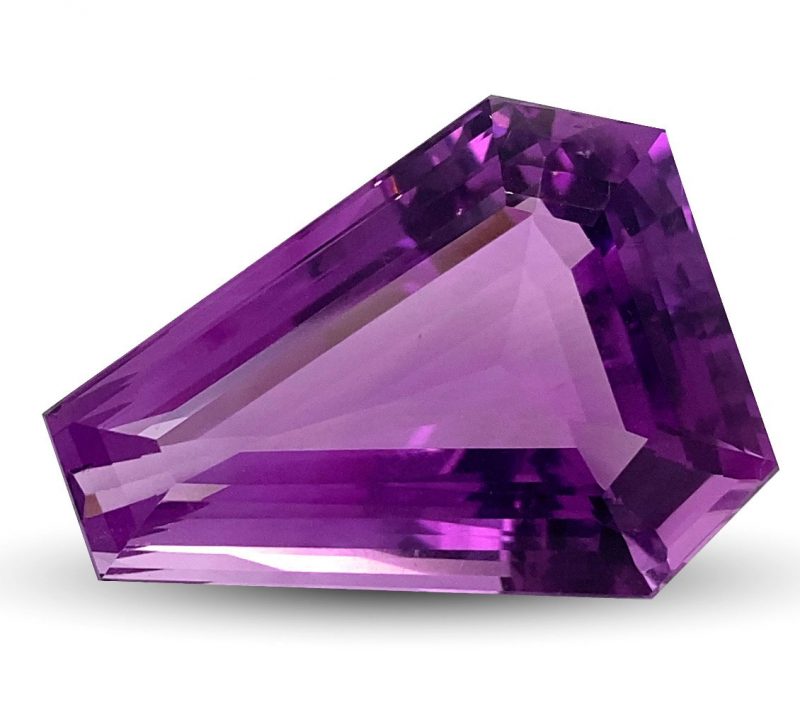
The king of purple stones, the amethyst has long been a favorite among royalty. It is a variety of quartz and gets its name from the Ancient Greek word ‘amethystos’ which means ‘not drunken’. It is believed to give its wearer a clear head in business, battle and love.
March – Aquamarine and Bloodstone
The aquamarine is a member of the beryl family and is named after the Latin for seawater. Its beautiful delicate blue to greenish-blue color, high clarity and large sizes have made it a favorite among jewelry lovers. Some associate this stone with happiness in marriage and protection on sea voyages.
The bloodstone is a semi-translucent to opaque type of chalcedony and is usually dark green with flecks of red. The Ancient Greeks and Romans believed that it would turn the sun red when placed in water. It is not commonly used in jewelry today.
April – Diamond
The diamond takes its name from the Ancient Greek word ‘adamas’ which means ‘unbreakable’. The hardest naturally occurring substance on earth, their durability and beauty has made them the most popular choice for engagement rings for centuries. Symbolizing eternal love, the diamond makes a fabulous birthstone.
May – Emerald
One of the big four precious stones, the emerald’s deep green color has enchanted wearers for millennia. A member of the beryl family, high quality examples are found in relatively few locations around the world. This stone has long been believed to have healing properties and to increase the intelligence of its wearer.
June – Alexandrite, Pearl and Moonstone
The magical alexandrite is often referred to as ‘emerald by day, ruby by night’ for its seeming ability to change color under different lighting conditions. It is a rare type of chrysoberyl and, having first been discovered in the Ural mountains in the early 19th century, was named after the future Tsar Alexander ll. It is supposed to bring good luck.
Pearls are notable for being the only gems formed within living creatures. They have been highly prized throughout history and have been associated with a variety of myths and legends. The ancient Chinese believed that they came from dragons, while the ancient Indians believed they were dewdrops from heaven.
The moonstone is believed to bring good luck and is also connected with love and fertility. It is a variety of feldspar and has long been beloved for the optical illusion that makes it appear to have a silvery-blue glow. It is a delicate stone and thus not the best choice for jewelry.
July – Ruby
The Sanskrit word for ruby is ‘ratnaraj’ which means ‘king of gems’ and this stone has ruled the world of red gemstones for millennia. The most desired rubies exhibit a hue known as pigeon’s blood and come from the famed Mogok mines of Burma. A member of the corundum family, the ruby has high durability which makes it an excellent stone for jewelry. Cultures throughout the world connect it with passion and power.
August – Peridot and Spinel
The peridot is a vibrant green to yellowy-green stone that takes its name from the Arabic ‘faridat’ which means ‘gem’. Its bright color has long led to it being associated with the sun and in medieval times it was thought to protect wearers from evil spirits during the night. Peridot is mined all over the world, but has also been found in meteorites from outer space!
Spinel is the newest member of the birthstone family, having been added to the list in 2016. This beautiful stone comes in a variety of colors running the gamut of purples, reds, pinks, oranges and blues. Some red spinels are of such high quality that throughout history they were mistaken for rubies. Spinels are believed to promote good health.
September – Sapphire
Sapphire is the name given to the mineral corundum and it is synonymous with the perfect blue gemstone. However, it actually comes in every color apart from red. Parti sapphires show distinct bands of two or three colors and star sapphires appear to have a six-rayed white star below their surface. Many cultures around the world believed that the blue sapphire symbolized heaven and it has long been connected with truth and faithfulness.
October – Opal and Tourmaline
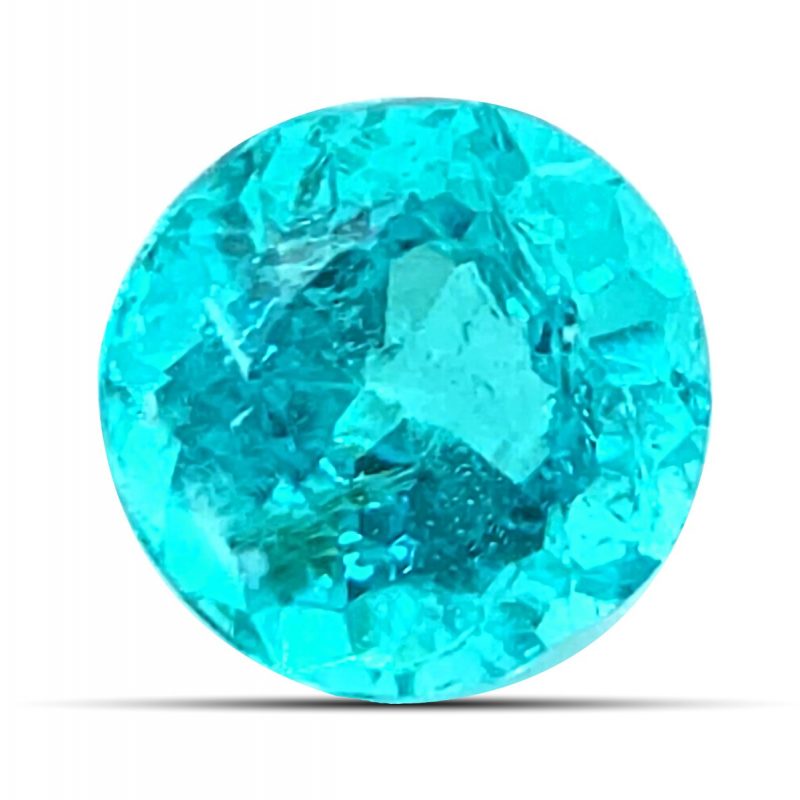
Fireworks, lightning and galaxies have all been likened to the play-of-color within the spectacular opal. This stone is believed to get its name from the Sanskrit word ‘upala’ which means ‘precious gem’. Its variety of colors led to the belief that it contained all of the attributes of the other precious stones. A delicate gemstone, special care must be taken of opal jewelry.
Tourmaline comes in an astounding variety of colors (many with their own names) and offers an abundance of choice for those born in October. Dark pink and red rubellites are so called because they have historically been mistaken for rubies. Neon blue paraibas were only discovered in the 1980s in Brazil and are some of the most desired gemstones on the planet. The tourmaline is thought to encourage creativity.
November – Topaz and Citrine
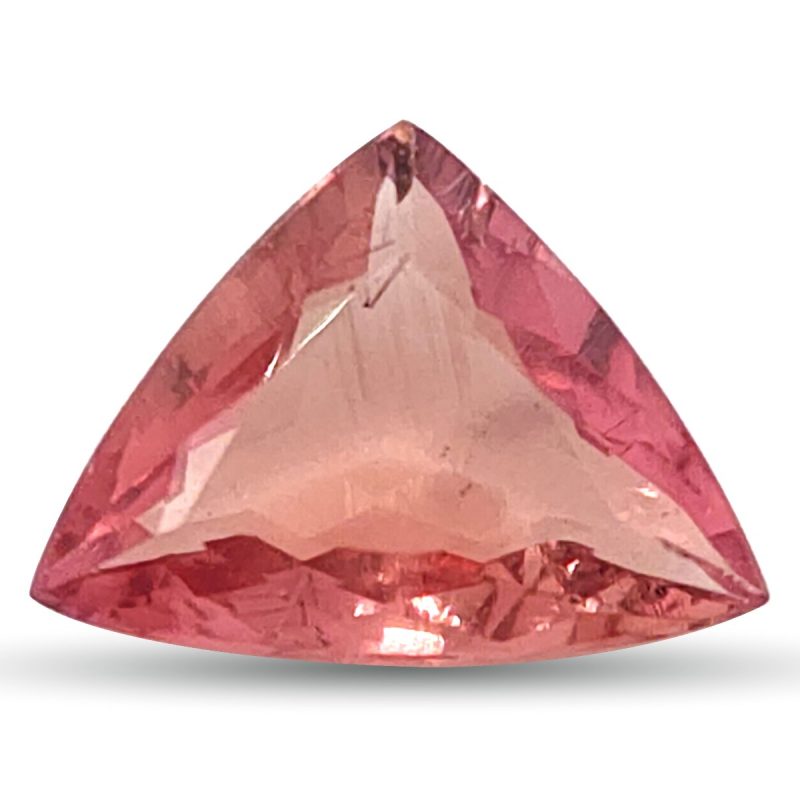
Yellow, orange, pink, violet, brown, colorless and pale blue are all natural colors of topaz that November babies can choose from. Imperial topaz is particularly prized and is the name given to pinky-orange varieties that were beloved by the Russian royal family. Topaz is often heated to create popular London and Swiss intense blue stones. The ancient Greeks believed that topaz endowed its wearer with strength.
Yellow to brownish-orange quartz is known as citrine and it is thought to get its name from the French word ‘citron’ which means ‘lemon’. These golden stones were a favorite of Victorian jewelers and have excellent durability. The citrine has long been connected with happiness and healing.
December – Tanzanite, Turquoise and Zircon
The year ends with a trifecta of wonderful stones to choose from, all available in shades of blue. Tanzanite first came to the market in the 1960s and was heavily promoted by Tiffany & Co. Its unique velvety blue to purple-blue colors, high clarity and large sizes caused a stir in the gemstone world. Some believe it encourages intuition and brings calmness. Tanzanite is a delicate stone and works best in special occasion jewelry.
For thousands of years peoples as far apart as China and Egypt have loved and worn turquoise. This semi-translucent to opaque stone is a blue to bluish-green color and can have black veins running through it. It is an incredibly important stone for Native Americans who attach healing powers to it.
Zircon can be found in bright blues, greens, reds, oranges, yellows and browns. The colorless variety, with its high fire and brilliance, was long used as a diamond simulant. Its popularity suffers due to its similarity in name with cubic zirconia, but the latter are lab-made, while zircons are natural stones. Blue zircon is associated with serenity and was a popular choice for Victorian jewelry.
Celebrate in Style!
Whatever your style or budget, at JupiterGem we have the perfect birthstone for you. We also have a brilliant design team and incredibly talented jewelers who would love to help you create the perfect piece of jewelry to highlight your birthstone.

